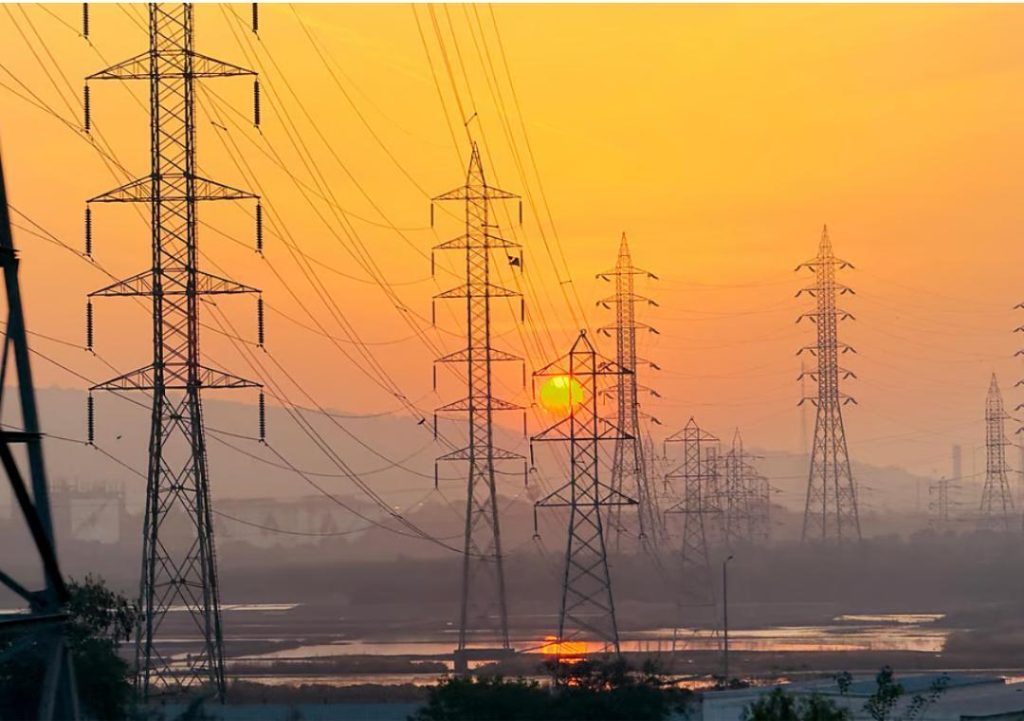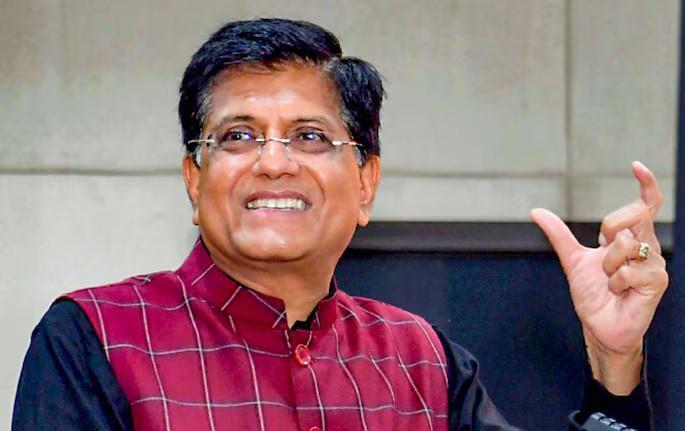
India’s Energy Storage Sector to Expand Five-Fold by 2032: IESA
The energy storage sector in India is poised to witness a significant expansion in the coming years, driven by the country’s growing need for reliable and efficient energy supply. According to the India Energy Storage Alliance (IESA), the sector is expected to attract a massive investment of ₹4.79 lakh crore by 2032, representing a five-fold expansion between 2026-2032.
The National Electricity Plan (NEP) has projected that India will require an energy storage capacity of 16.13 GW by 2026-27. This is a significant increase from the current capacity of around 1.5 GW. Moreover, the demand for energy storage capacity is expected to continue to rise, with the NEP projecting a requirement of 73.93 GW by 2031-32.
The rapid growth of the energy storage sector in India is driven by several factors, including the government’s efforts to promote renewable energy, the increasing adoption of electric vehicles, and the need for grid stability and reliability. The Indian government has set ambitious targets to increase the share of renewable energy in the country’s energy mix, and energy storage is seen as a critical component in achieving these targets.
The IESA has identified several factors that will drive the growth of the energy storage sector in India. These include:
- Increasing adoption of electric vehicles: The Indian government has set a target of having 30% of new vehicle sales be electric by 2030. This will require a significant increase in the charging infrastructure, which will be supported by energy storage systems.
- Growing demand for renewable energy: India has set a target of generating 40% of its energy from non-fossil fuels by 2030. This will require the installation of large-scale renewable energy projects, which will need energy storage systems to ensure grid stability and reliability.
- Need for grid stability and reliability: The Indian grid is facing challenges in terms of stability and reliability, particularly during peak demand hours. Energy storage systems can help to address these challenges by providing a buffer against sudden changes in demand.
- Falling costs of energy storage: The cost of energy storage systems has been falling rapidly in recent years, making it more viable for developers and consumers to adopt these systems.
The growth of the energy storage sector in India is not without its challenges, however. Some of the key challenges include:
- Lack of regulatory clarity: The regulatory framework for the energy storage sector in India is still evolving, which can make it challenging for developers to navigate the regulatory landscape.
- High upfront costs: Energy storage systems are still relatively expensive, which can make it challenging for developers to secure funding for these projects.
- Grid integration: Integrating energy storage systems into the grid can be complex and requires careful planning and coordination.
- Cybersecurity risks: Energy storage systems are vulnerable to cyber threats, which can compromise the security and reliability of the grid.
Despite these challenges, the IESA is optimistic about the future of the energy storage sector in India. The alliance has identified several opportunities for growth and development in the sector, including:
- Large-scale energy storage projects: The IESA sees an opportunity for large-scale energy storage projects, particularly in the renewable energy sector.
- Electric vehicle charging infrastructure: The IESA believes that there is a significant opportunity for the development of electric vehicle charging infrastructure, which will require energy storage systems.
- Grid services: Energy storage systems can provide a range of grid services, including frequency regulation and peak shaving. The IESA sees an opportunity for energy storage developers to provide these services to the grid.
- Commercial and industrial applications: Energy storage systems can provide a range of benefits to commercial and industrial consumers, including peak shaving and load shifting. The IESA sees an opportunity for energy storage developers to target these segments.
In conclusion, the energy storage sector in India is poised for significant growth and expansion in the coming years. The IESA’s forecast of a five-fold expansion between 2026-2032 is a testament to the sector’s potential. While there are challenges to be addressed, the opportunities for growth and development in the sector are significant, and energy storage developers are well-placed to capitalize on these opportunities.
Source:






